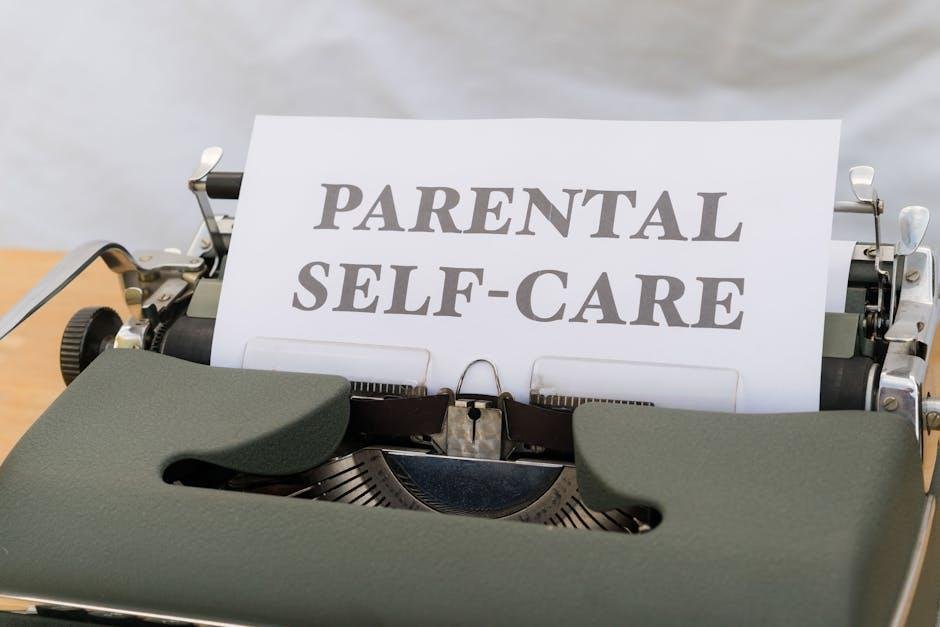In a world that often equates busyness with virtue and productivity with worth, the notion of self-care can sometimes feel like a luxury reserved for the guilty few.The term itself has been tossed around so frequently that it risks losing its meaning, often overshadowed by misconceptions that frame it as a selfish indulgence. but what if we reimagined self-care not as an act of egoism, but as a fundamental necessity for our overall well-being? In this article, we will explore the vital role self-care plays in fostering a healthier, more balanced life, debunking the myths that surround it. Together, we will uncover practical strategies to prioritize self-care, inviting you to reclaim the time and space needed to nurture your own well-being without hesitation or guilt. It’s time to shift our perspective and embrace the idea that taking care of ourselves not only enriches our lives but also empowers us to be more present and engaged in the lives of those we love.
Understanding the Misconception of Self-Care as selfishness
Many individuals grapple with the notion that taking time for themselves equates to being selfish. This pervasive belief often originates from societal expectations and a strong work ethic that prioritizes productivity over personal well-being. Though, self-care is essential for maintaining mental and emotional balance, allowing individuals to recharge so they can effectively support those around them. By recognizing that self-care fosters resilience, individuals can shift their perspective and understand that nurturing oneself ultimately enhances their capacity to care for others.
Consider the following points to help redefine self-care as a necesary practice rather than an indulgence:
- Prevention of Burnout: Regular self-care routines prevent exhaustion and keep you functioning at your best.
- Improved Relationships: When you prioritize your well-being, you engage with others more positively and productively.
- Better Health: Investing in self-care contributes to physical health, reducing stress-related illnesses.
Notably, self-care isn’t a selfish act; it’s a powerful statement of self-worth. By understanding its significance,we can create a healthier cycle that not only benefits ourselves but also enriches the lives of those we care for.

Identifying Personal Self-Care Needs and Setting Boundaries
Understanding your personal self-care needs is a fundamental step towards maintaining not only your physical health but also your mental and emotional well-being. Everyone’s self-care requirements are unique, influenced by various factors such as daily stressors, personal interests, and life circumstances. Start by taking some time to reflect on what makes you feel rejuvenated and balanced. This could be anything from engaging in a favorite hobby or enjoying nature, to practicing mindfulness or ensuring sufficient sleep. Here are a few questions to guide you in identifying your self-care needs:
- What activities do I find most fulfilling?
- Am I feeling drained or overwhelmed in specific areas of my life?
- how do I react during stressful moments?
- What can I do regularly to enhance my sense of well-being?
Once you’ve identified these needs, the next step is to set clear boundaries that protect your self-care time. Boundaries are essential as they help to ensure that your mental and emotional health remain a priority,even amid life’s demands.This can mean saying no to unnecessary obligations or carving out intentional time in your schedule solely for self-care activities. Use assertive communication to articulate your needs to others.Below is a simple table illustrating types of boundaries you may consider:
| Type of Boundary | Example |
|---|---|
| Time Boundary | Limiting work hours to focus on personal projects |
| Emotional Boundary | Not engaging in negativity from others |
| Physical Boundary | Creating a dedicated space for relaxation |

Practical strategies for Incorporating Self-Care into Daily Life
Incorporating self-care into your daily life doesn’t require sweeping,dramatic changes; rather,it can be seamlessly integrated through small,mindful habits. Start with the basics by establishing a morning ritual that sets a positive tone for the day. This could include a few moments of meditation, a nourishing breakfast, or even just a few deep breaths before you dive into your tasks. Consider creating a self-care checklist that outlines activities that rejuvenate your mind and body, such as:
- Taking a short, brisk walk during lunch breaks
- Journaling your thoughts and feelings
- Practicing gratitude by noting three things you appreciate
- Setting aside time to read or engage in a hobby
In addition to your morning routine, it’s crucial to schedule short breaks throughout your day.Even a five-minute pause can substantially boost your productivity and mental clarity. Utilize these moments to stretch, hydrate, or simply reflect on your emotions. You can also enhance your surroundings to foster wellness; consider organizing your workspace or creating a playlist of soothing music to accompany your tasks. To further illustrate how self-care can fit into your day, here’s a simple table:
| Time of Day | Self-Care Activity |
|---|---|
| Morning | Meditation or Rapid Workout |
| Afternoon | Mindful Lunch Break |
| Evening | Reading or Creative Hobby |

cultivating a Supportive Environment for sustainable Self-Care
To foster a nurturing atmosphere that encourages individuals to embrace their self-care practices, it’s essential to cultivate both personal and communal structures that prioritize well-being. This can include creating physical spaces that evoke calm and relaxation,such as cozy corners in the home or peaceful outdoor areas,and establishing social networks that reinforce positive habits. Some effective strategies might involve:
- designating Specific Times: Setting aside time blocks for self-care activities within personal schedules.
- Encouraging Open Conversations: Promoting discussions around self-care and its benefits, which can mitigate feelings of guilt or selfishness.
- Sharing Experiences: Organizing group activities focused on self-care,like yoga sessions or book clubs,to normalize the practice within social circles.
A supportive environment must also promote self-awareness and encourage individuals to establish their own self-care routines. This can be achieved through various tools, such as tracking progress and setting goals tailored to personal needs. A straightforward yet effective approach involves creating a simple self-care plan outlined in a table format. Here’s an example:
| Self-Care Activity | Frequency | Purpose |
|---|---|---|
| Mindfulness Meditation | Daily | Reduce stress and increase focus |
| Journaling | Weekly | Process emotions and reflect on time |
| Nature Walks | Bi-weekly | Enhance mood and physical health |
In Conclusion
As we conclude our exploration of self-care, it becomes clear that nurturing ourselves is not a luxury, but a necessity. In a world that often equates productivity with worth, remembering that our well-being is foundational to our capacity to care for others is vital. Prioritizing self-care allows us to recharge, fostering resilience and strength that ripple outward into every facet of our lives.
As you navigate your own journey, consider the small shifts you can integrate into your routine—whether it’s carving out time for a favorite hobby, embracing mindfulness practices, or simply resting without guilt. Each act of self-care is a testament to valuing your own existence, reminding us that it is perfectly legitimate to take a step back, breathe, and tend to our own needs.
So, as we leave this discussion, let’s promise to champion self-care—not just in our own lives, but in the conversations we have with one another.In doing so, we can create a culture where self-nurturing is celebrated, and everyone is encouraged to thrive, not just survive. Remember, taking care of yourself is the frist step in taking care of the world around you. Embrace the journey, for in prioritizing yourself, you set the stage for a more fulfilled and impactful life.

